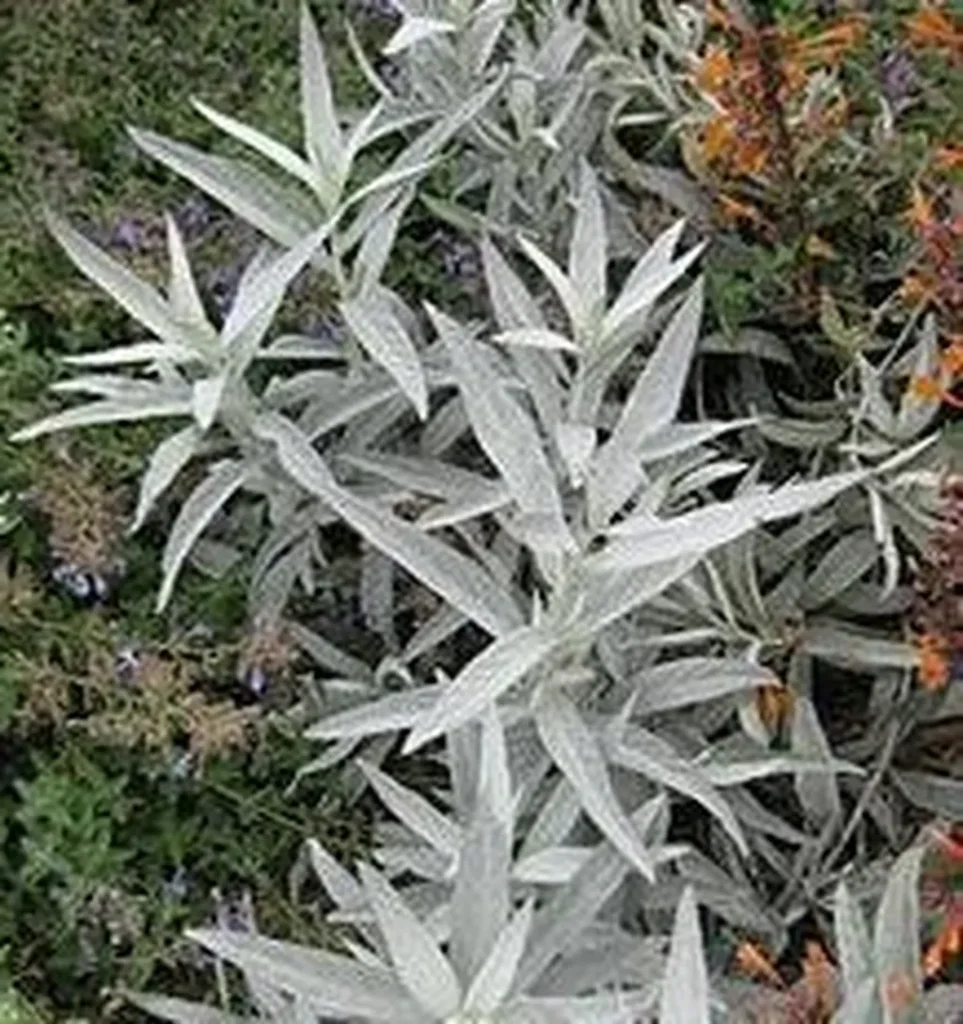In the quest for sustainable and natural solutions, a recent study published in the *Bulletin of University of Agricultural Sciences and Veterinary Medicine Cluj-Napoca: Horticulture* has shed light on the untapped potential of hydrosols, the often-overlooked byproducts of essential oil distillation. Led by Raluca Ciubotărașu from the University of Agronomic Sciences and Veterinary Medicine of Bucharest, the research delves into the chemical composition and potential applications of hydrosols derived from four Artemisia species, offering promising insights for the agriculture sector and beyond.
Hydrosols, also known as hydrolates, are the aqueous co-products of essential oil extraction, containing residual essential oil compounds and water-soluble phytochemicals. These compounds have been shown to possess significant biological activities, including antimicrobial and antioxidant properties. “Hydrosols are a treasure trove of bioactive compounds that have been largely ignored,” Ciubotărașu notes. “Our study aims to change that by revealing their multifunctional potential.”
The research highlights the presence of key compounds such as trans-pinocarveol, 1.8-cineole, and spathulenol in the hydrosols of Artemisia species. These compounds are known for their antimicrobial effects, including the inhibition of biofilm formation, and their antioxidant properties, which can counteract oxidative stress. Such biofunctional features make hydrosols attractive for a range of applications, from agriculture to cosmetics.
In agriculture, hydrosols could serve as natural biopesticides, offering an eco-friendly alternative to synthetic chemicals. Their antimicrobial properties could help control plant pathogens, while their antioxidant properties could enhance plant health and resilience. “The potential for hydrosols in agriculture is immense,” Ciubotărașu explains. “They could revolutionize how we approach pest management and plant health, aligning with the growing demand for sustainable and natural solutions.”
Beyond agriculture, hydrosols could find applications in food preservation as natural additives and anti-browning agents, in pharmaceuticals as antimicrobial or antitumor agents, and in cosmetics as bioactive ingredients. This versatility underscores the value of hydrosols as sustainable natural products, contributing to a circular economy by valorizing byproducts that would otherwise go to waste.
The study’s findings could shape future developments in the field by encouraging further research into the biofunctional properties of hydrosols and their potential applications. As the demand for natural and sustainable solutions continues to grow, hydrosols could emerge as a key player in various industries, driving innovation and promoting environmentally friendly practices.
In the words of Ciubotărașu, “This research is just the beginning. The potential of hydrosols is vast, and we are excited to explore the possibilities they offer.” As we move towards a more sustainable future, the valorization of such byproducts could pave the way for a greener, healthier world.

